Tech for Textile Sorting
October 5, 2023
Listen to my voiceover here.
So there’s the billions of tons of textile waste that we create every year, and some fraction of that - about 15% goes to sorting facilities to be reused or recycled in some capacity. Until recently most of those facilities were (and are) sorting every item by hand and individuals are making a determination of what should happen to each piece of clothing, i.e. resell, repair, recycle, downcycle.
Also until recently, textile recycling has been very limited, and usually only applicable to 100% natural fibers like cotton (and 100% polyester). Recycling, meaning making new fabric out of old fabric, is very different from downcycling, the most common practice, which is shredding clothes to use them as padding, insulation or cutting them up to make rags out of them. Downcycling is currently easier than recycling.
Recycling requires more transparency- a recycler can have very strict content requirements to create their new fabric. Cotton recyclers usually request 95-100% cotton with no more than 5% spandex. Wool recyclers usually need 100% wool- and these are all mechanical processes (machinery shredding fabrics). It’s worth noting that the ‘monster blends’ (fabrics made out of many materials often synthetics and naturals together) are very difficult to recycle and can only be downcycled.
Recycling Momentum
Happily, we are rounding a corner on advanced recycling (many times called chemical recycling) where textiles are not shredded with machines, but instead go through other chemical and advanced processes to be recycled. I wrote a whole other post about this, linked here. Coming back to the sorting processes, we will need an increased ability to be precise on what textiles are made of in order to recycle them.
So, there’s an increasing need in the post-consumer textiles industry for material identification. Big picture, collectors and sorters can choose to tackle this in one of two ways:
They can completely automate their sorting operation (which is costly). Fibersort is an examples of this.
trinamiX:
Sortile:
Start Up Profile: Sortile + Constanza Gomez
Today I’m sharing out about Sortile, one of these portable technologies and it’s co-founder, Constanza Gomez.
Sortile makes a table top textile scanner that quickly identifies the composition of a fabric using spectrometry. Basically, the device shoot light into the fabric and the device knows what the fabric is by how the light is refracted.
I chatted with Constanza recently to learn more about her journey with this company. She is originally from Chile (where the Atacama desert is located) and currently lives not far from me north of New York City. She has two kids under 4, highly worth noting for the obvious reason that it tells you how much she is tasked with on a daily basis before even starting work!
Here’s a picture of the Atacama desert that is a dumping ground for textile waste.
Her interest in the textile industry was sparked when she investigated how a company’s inventory is carried on a balance sheet (as a loss) and how companies would scramble to get unsold inventory off their books by incinerating it or throwing it away. She was rightfully horrified, and it started her obsession with the textile industry, specifically what happens to clothes that people don’t need or want anymore. She met her co-founder Agustina, and together they started researching this issue on all fronts, meeting sorters, collectors, trying to map the stream of textile waste. At the time, no one seemed to have any specific data about what happened to these textiles or at what volume they were being destroyed. While at the sorters’ facilities, she noticed how long the manual sorting process took (approx 2 minutes per item) and decided she would endeavor to create a faster method.
Pause for Effect
I pause here for effect: Constanza bought a spectrometer (a type of sensor technology) and wrote the first version of their machine learning algorithm software. The co-founders also built their first hardware with a 3D printer and a soldering iron. THAT is impressive and badass and makes me want my daughter to become an engineer.
Since then Sortile has become a team of 6 and Constanza is no longer writing code. They have a table top scanner that can identify a textile’s composition in 2 seconds, and it’s getting smarter all the time. They have been funded by angel investors, grants and this year they raised a pre-seed round of investment.
Their technology identifies all types of materials, and they are also building databases to understand what everyone is collecting. They are collaborating across their industry to understand how many items are scanned every day, to provide visibility on the materials stream, the seasonality of materials- basically all the key data points for materials streams in collection and sortation facilities. Imagine if we could look at one data source and understand what all the US collection and sortation facilities were sorting, warehousing, how fast they were moving through product, how quickly certain types of materials were being stockpiles vs others. This would be invaluable and a GIGANTIC and unprecedented step forward for the textile recycling industry. For example, imagine a textile recycler is looking for textiles with a cotton-poly blend, and they need at least 10 tons per week to run their scaled machinery. Maybe their closest collection and sorting facility can only give them 1 ton per week, but with Sortile’s database they can see that the next 3 closest facilities can help them reach their 10 ton goal. Once they have the volume they need, they can actually produce recycled fibers to be spun into yarn and woven into fabrics that will be 100% recycled, which brands can take advantage of to to become more sustainable and lower their impacts on the planet.
Good Vibes
Constanza is excited to be working with competitors on projects, trying to make something better for the industry overall. She relishes talks around the table with different stakeholders with who have different objectives, all trying to figure it out together. In order to realize circular fashion, we have to retrofit and rebuild supply chains that have been around for decades and change way business has been done for a long time. She wants to work with the current infrastructure, not compete with it. It’s built and the players have a wealth of knowledge, so they need to be convinced that there is the better way to do this. They already have the collection operations, so how can we figure out a better way for the collected items to be sorted and processed? How can we create a better financial incentive for them to make more money processing items for recycling instead of incineration and exporting to landfill? This isn’t accomplished by one person or one anything, it’s a collective effort.
Constanza shared that there is a positive industry dynamic, that other vendors and recyclers are supportive and want to collaborate to help each other, which is always a great sign and generally good for humanity, right? It feels like real progress is being made, and the Sortile story is a great example of that progress. We are waiting to see brands fully engage with these technologies and recycled materials, but Constanza is confident that as the price to participate drops, more brands will sign on.
Lastly, Sortile is working with a collector who works near the Atacama desert in Chile, and Constanza wants to give them a solution to help slow and stop the flow of used textiles into the landfill in her home country.
If you are trying to learn more about textile recycling and how your company can participate, please reach out- I can help you figure out what makes sense for your product or your solution.






